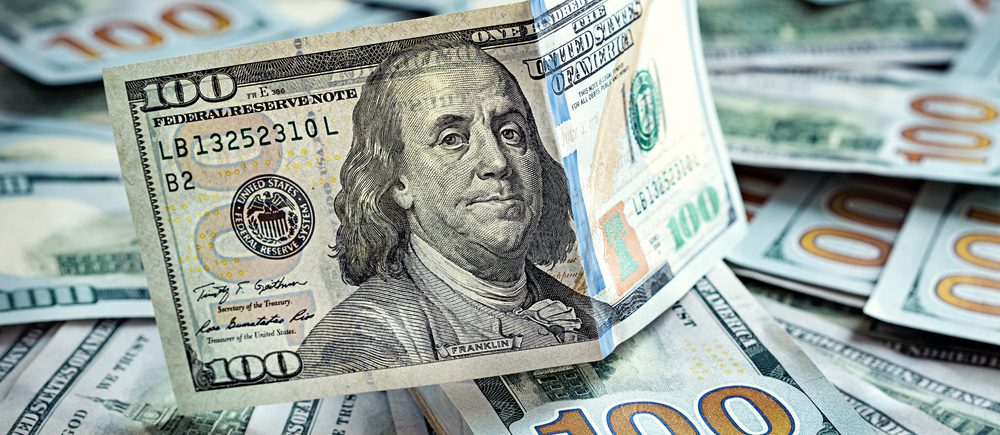The US Dollar is experiencing a sharp decline, plummeting towards the 102.00 mark as a confluence of factors shakes investor confidence. President Trump’s recently announced “Liberation Day” tariff plan, coupled with surprisingly weak economic data, has ignited fears of a looming economic slowdown, sending shockwaves through global markets. This sudden shift in sentiment has significantly undermined the dollar’s momentum, prompting a rapid reassessment of the US economic outlook.
Adding to the dollar’s woes, key economic indicators released Thursday painted a concerning picture of the US economy. The ISM Services PMI, a crucial gauge of the services sector, fell dramatically in March, signaling a notable slowdown. Similarly, new unemployment claims, while slightly lower than the previous week, missed forecasts, while continuing claims climbed, raising concerns about the health of the labor market. The employment index within the ISM survey also experienced a significant drop, further fueling anxieties about potential job losses. Notably, price pressures also eased, suggesting a potential shift in the inflationary landscape.
However, the most significant catalyst for the dollar’s decline remains Trump’s sweeping tariff package. The proposed 10% base import duty, along with additional levies on Chinese goods, has triggered widespread fears of stagflation—a combination of stagnant economic growth and rising inflation. Market participants are particularly concerned that importers will bear the brunt of these increased costs, potentially squeezing profit margins and hindering economic expansion. The prospect of retaliatory measures from China, along with a potential slowdown in Chinese purchasing activity, has also rattled markets, particularly in the Asia-Pacific region.
These developments have forced investors to reconsider the Federal Reserve’s policy stance, with speculation mounting about a potential dovish shift. The combination of slower growth and tariff-induced inflation risks has created a complex policy dilemma for the central bank. The dollar’s current position, now back to levels last seen in October 2024, reflects the heightened uncertainty prevailing in the markets.
With volatility expected to persist ahead of Friday’s crucial Non-Farm Payroll (NFP) report, investors remain on edge, closely monitoring the unfolding economic landscape. Technically, the dollar index is showing strong bearish signals, with key moving averages indicating further potential downside. While the MACD hints at a possible buy signal, the broader technical picture suggests continued pressure on the dollar.

USD
 Noor Trends News, Technical Analysis, Educational Tools and Recommendations
Noor Trends News, Technical Analysis, Educational Tools and Recommendations




